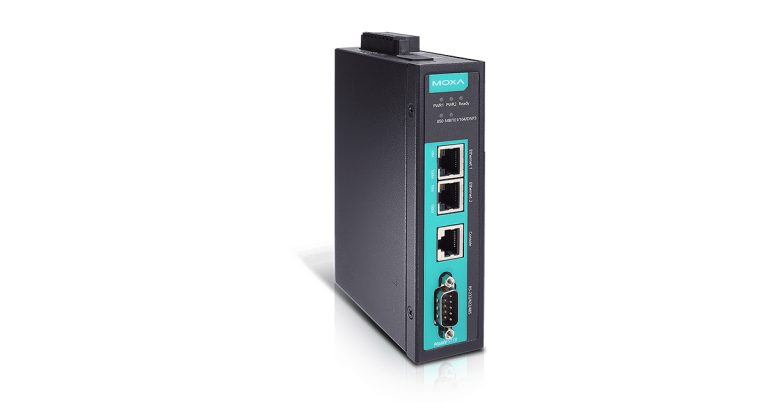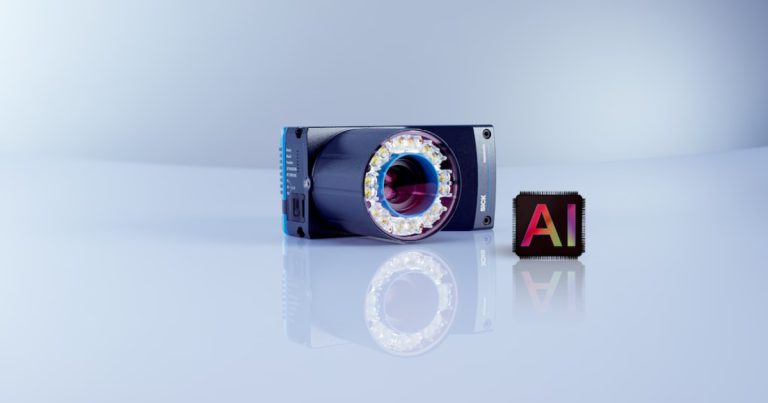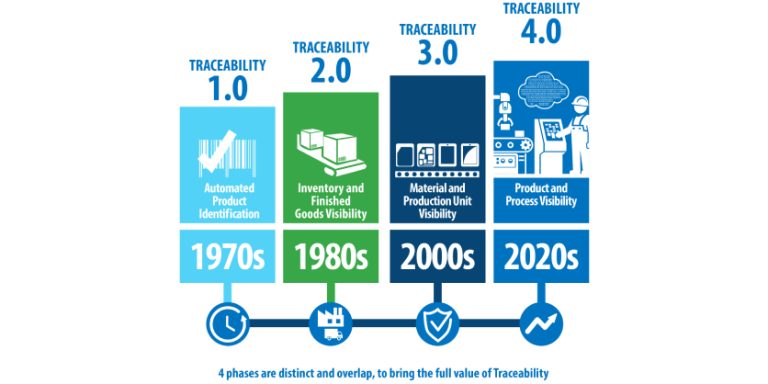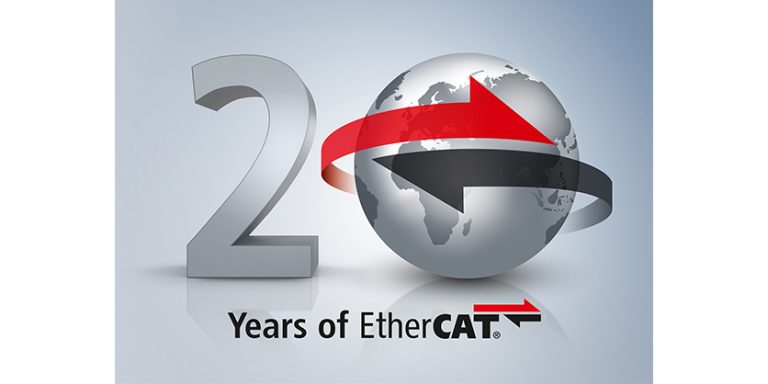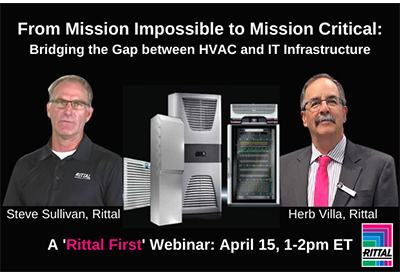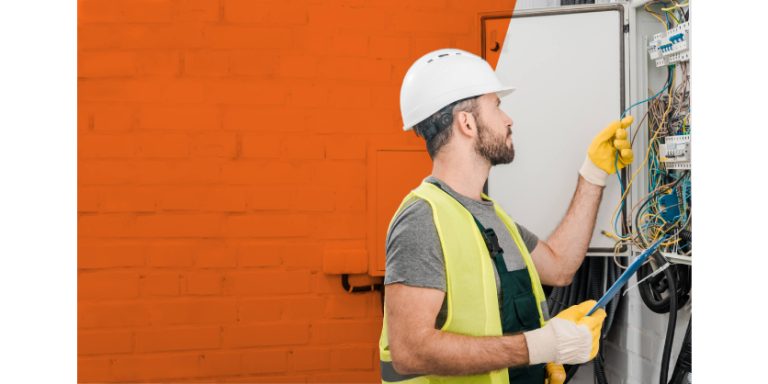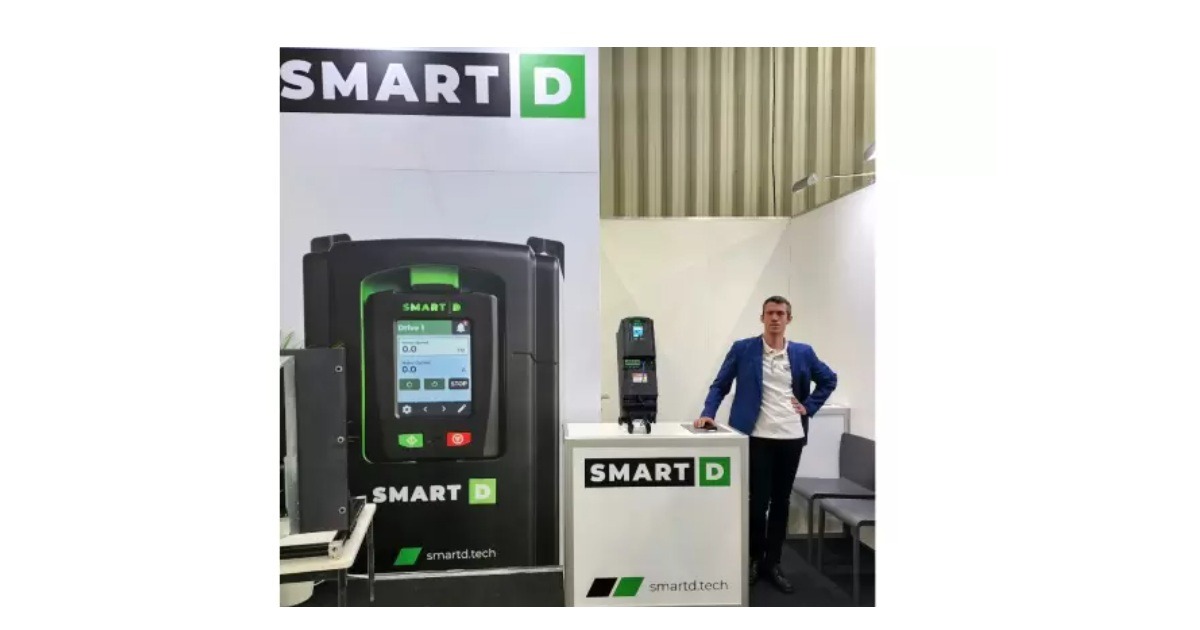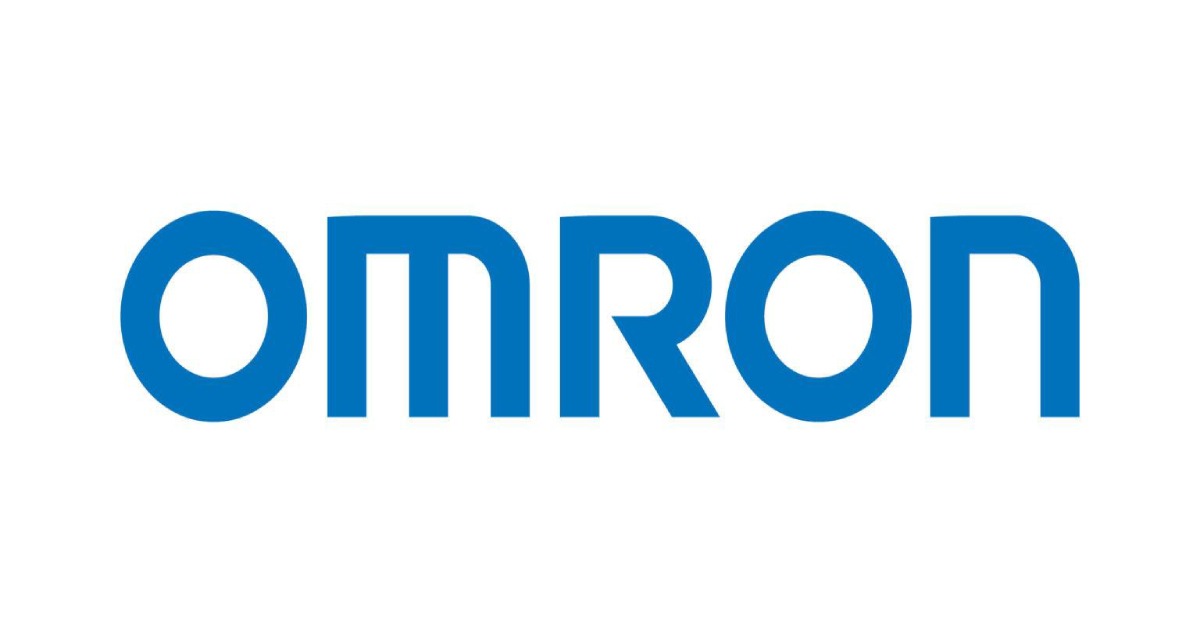Phoenix Contact: Modernization of Cross-border Flood Protection System
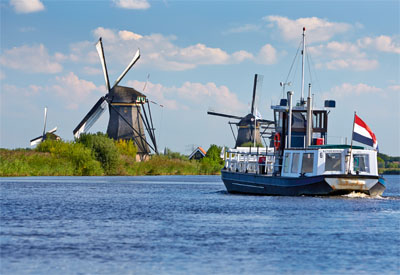

June 1, 2018
By Joel Stratemann, Phoenix Contact Electronics GmbH
Reducing engineering costs and increasing system availability
Rivierenland, the Dutch water authority, has replaced outdated technology with innovative automation components provided by Phoenix Contact as part of modernization measures. Johan van IJmeren, Senior Project Manager at Waterschap Rivierenland, was involved in the practical implementation. The new devices contribute to cross-border flood protection and also significantly reduce the engineering costs while increasing plant availability.
In the past, rivers not only provided people and animals with water, which they vitally need for survival, but also formed the foundation of cross-border trade. As the population increases and urbanization advances as a result, today’s urban infrastructure needs to grow constantly. This raises new challenges when it comes to using the earth’s resources. It is not sufficient to take only local requirements and events into account. Snow melt in Switzerland, heavy rains in France, or stormy weather in Germany have an impact on water levels in the countries through which rivers flow. This points to the necessity of cross-border water regulation if cities and communities are to be protected from floods.
The Nijmegen pumping station is an example of cooperation between countries, in this case Holland and Germany. The structure ensures that residents of Ooijpolder, De Duffelt, and the polder regions of the Lower Rhine are continuously protected from flooding and thus remain available for agriculture by controlling the water level in the rivers. In addition, the water level in these areas must be regulated in dry periods so that water supply is ensured.
Quick processing and transmission of signals
 A total of 165 dams and 135 canal pumping stations were retrofitted with modern technology as part of an International Water Association (IWA) project. That also applies to the heritage-protected pumping station in Nijmegen, Holland, which was built in 1932 and is operated by the Rivierenland water authority. The headquarters is in Tiel. The authority is responsible for the area’s water supply, which lies roughly between the Rhine/Lek and the Maas and covers an area extending from the German border to Kinderdijk, 15 kilometers south of Rotterdam. Polder pumping stations – 194 of them – keep the water level in the ditches in the area of the river at the desired level. The larger pumping stations can carry up to 60,000 liters of water per second from a lower watercourse to a higher one. In this manner, the water demand in the individual areas can be matched precisely with the amounts used.
A total of 165 dams and 135 canal pumping stations were retrofitted with modern technology as part of an International Water Association (IWA) project. That also applies to the heritage-protected pumping station in Nijmegen, Holland, which was built in 1932 and is operated by the Rivierenland water authority. The headquarters is in Tiel. The authority is responsible for the area’s water supply, which lies roughly between the Rhine/Lek and the Maas and covers an area extending from the German border to Kinderdijk, 15 kilometers south of Rotterdam. Polder pumping stations – 194 of them – keep the water level in the ditches in the area of the river at the desired level. The larger pumping stations can carry up to 60,000 liters of water per second from a lower watercourse to a higher one. In this manner, the water demand in the individual areas can be matched precisely with the amounts used.

The relay technology that was previously used in the Nijmegen pumping station has been exchanged for modern automation technology provided by Phoenix Contact. A centrally installed, high-performance RFC 470 PN 3TX control system now regulates up to three large pumps that have a combined maximum capacity of 16 cubic meters of water per minute. That is equivalent to 80 full bathtubs each second.
The central control system reads out the large frequency converters for the various pumps so that the power units can be monitored constantly. IL PN BK DI8 DO4 2TX Profinet bus couplers distributed throughout the system allow the connection of various sensors and actuators by means of digital and analog signals. Because of the bus system used, all signals received in the system can be quickly read in, processed, and transmitted again. Simple diagnostic capabilities support staff in searching for faults when the system has problems, which significantly increases the pumping station’s availability.

Convenient visualization and operation with a touch panel
Staff must be able to intervene in a process in a convenient manner, in addition to quick diagnostics. To this end, a touchscreen panel has been mounted into the control cabinet door. It allows continuous on-site operation and monitoring of the installation and power units. All measurement and operational data are always shown on the easy-to-read display and can be modified by staff as necessary. Officials at the Rivierenland water authority opted for WebVisit, a web-based visualization software from Phoenix Contact, instead of the high investment and service costs that accrue with the use of a SCADA system for updates and regular maintenance. The solution is remarkable for its low cost throughout the service life. In addition, it displays greater flexibility in the generation of operator-specific visualization interfaces than other technologies do.

The visualization solution, located on-site at the pumping station, communicates with the central RFC 470 PN 3TX control system through an Ethernet connection and displays the current condition of the power units and the measurement readings and operating data via web pages on the panel. Staff can now call up the current values of all pumping stations and dams through a VPN (virtual private network) tunnel over the Internet, which allows them to respond quickly and implement appropriate measures immediately if there is an error. A further advantage for staff arises from the uniform design of the individual websites, which makes operation intuitive. A similar standard has been developed for control programming and for documentation. The engineering costs for the Rivierenland water authority can be greatly reduced and corresponding resources conserved due to this standardization.
Reliable data transmission with the IEC 69870-104 telecontrol protocol
 A higher-level control system must be coupled to this in order to continuously monitor of exterior installations that are widely distributed physically. For this reason, a 24/7 manned control center has been set up in the Rivierenland water authority’s headquarters. The most important measurement readings and operational data are now reliably exchanged by means of a special telecontrol protocol. Communication between the remote installations and the control center is carried out through an ADSL internet connection. Communications using standard telecontrol protocol allow secure, no-loss data exchange between remote stations and a central control system. The central control system installed in the pumping station works through the control commands sent by the staff at the control center and sends current operating data through the VPN connection to the control center. If data transmission is interrupted, all information is given a time stamp and saved to the RFC 470 PN 3TX storage. The control system sends the data in the correct sequence to the control center once communication is resumed. This means that no event at the distributed stations gets lost, and the staff can view all operational data.
A higher-level control system must be coupled to this in order to continuously monitor of exterior installations that are widely distributed physically. For this reason, a 24/7 manned control center has been set up in the Rivierenland water authority’s headquarters. The most important measurement readings and operational data are now reliably exchanged by means of a special telecontrol protocol. Communication between the remote installations and the control center is carried out through an ADSL internet connection. Communications using standard telecontrol protocol allow secure, no-loss data exchange between remote stations and a central control system. The central control system installed in the pumping station works through the control commands sent by the staff at the control center and sends current operating data through the VPN connection to the control center. If data transmission is interrupted, all information is given a time stamp and saved to the RFC 470 PN 3TX storage. The control system sends the data in the correct sequence to the control center once communication is resumed. This means that no event at the distributed stations gets lost, and the staff can view all operational data.
Use of renewable energy in small external buildings
The Rivierenland water authority aims to achieve energy neutrality by 2030, in addition to the modernization of the relay technology that had previously been used in the pumping stations and dams. To this end, renewable energy sources are used for small dams, among other things. Solar panels and small wind turbines generate the energy needed to supply the external buildings locally, saving the cost of providing an additional power supply. Electrical components with low energy consumption are absolutely necessary to ensure that the renewable energy is sufficient to power a given system. Existing inefficient devices are therefore being replaced by power-saving automation products supplied by Phoenix Contact. This exchange allows the conservation of resources in the operation of all dams and therefore contribute to environmental protection.
The Rivierenland water authority in figures
- around 950,000 residents
- 38 communities
- 39 water treatment plants
- 3,992 km of ditches and streams
- 1,070 km of dikes
- 538 km of pressure lines
- 140 km of waterways
- 1,617 dams
- 194 polder pumping stations
- 170 canal pumping stations
Download Phoenix Contacts Water and Wastewater Treatment brochure HERE
{videobox}l1i76h4IDD4{/videobox}
Tablet PCs for mobile use – indoors and outdoors
 Phoenix Contact has continued to develop the industry tablet PCs: The new 8113 Industrial Tablet Computer (ITC) with improved processor performance and brilliant full HD display wins customers over both for indoor and outdoor applications.
Phoenix Contact has continued to develop the industry tablet PCs: The new 8113 Industrial Tablet Computer (ITC) with improved processor performance and brilliant full HD display wins customers over both for indoor and outdoor applications.
Modern industrial networks increasingly require mobile work steps and remotely controlled processes. The configurable tablet PC not only has the necessary design and accessories, but has also been optimized for use in the service environment. Its reduced weight (1.8 kg) means that it is easy to transport. The IP54 protection class devices (IP65 on the front side) are suitable for use both inside and outside.
A ten-finger multi-touch display and Windows 7 or 8 with current fourth-generation Intel processor architecture ensure simple operation and high performance. For wireless connection to the existing network, wireless 802.11 a/g/n, Bluetooth 2.0 Class 1 or 2, and a UMTS/LTE data communication module are all available.
Visit Phoenix Contact’s Webpage HERE

